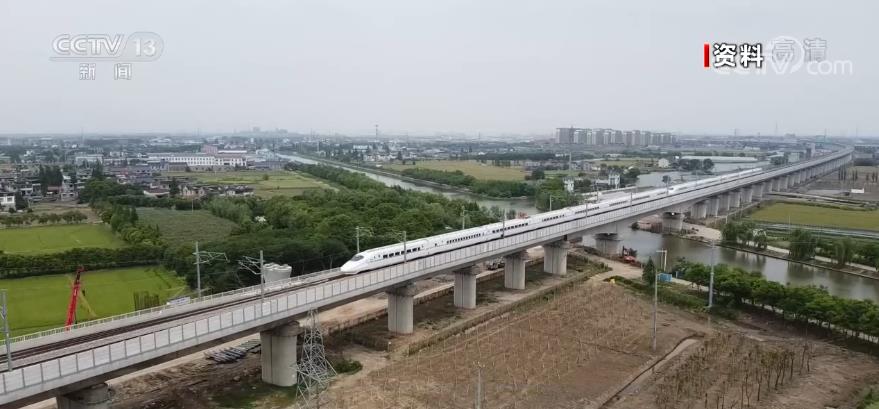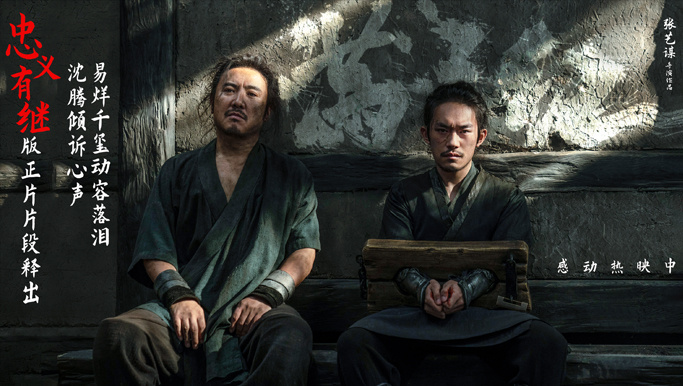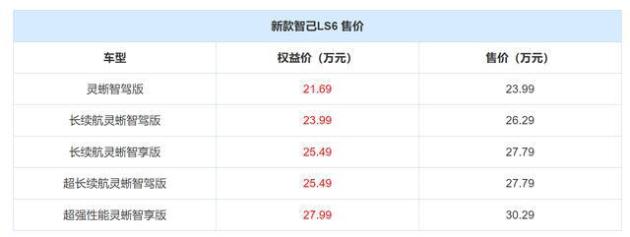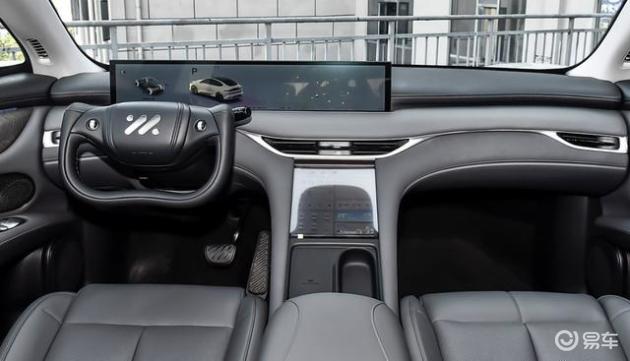On January 6th, the launching ceremony of the Qinghai-Tibet Central Line (Tangfan Ancient Road) self-driving tourist route into Tibet was held in Lhasa, Xizang. The Qinghai-Tibet Central Line is a scenic passage with profound cultural heritage that passes through Yushu in and out of Xizang, starting from Xi ‘an, Shaanxi, passing through Lanzhou, Gansu and Xining, Qinghai, and reaching Yushu City, Yushu Prefecture, Qinghai Province (or starting from Chengdu, Sichuan Province, passing through Ya ‘an, Kangding, Ganzi and Shiqu, and reaching Yushu City). The total length of Xi ‘an-Lhasa line is 2662km, and the total length of Chengdu-Lhasa line is 2128km, which is the fastest route to Tibet.
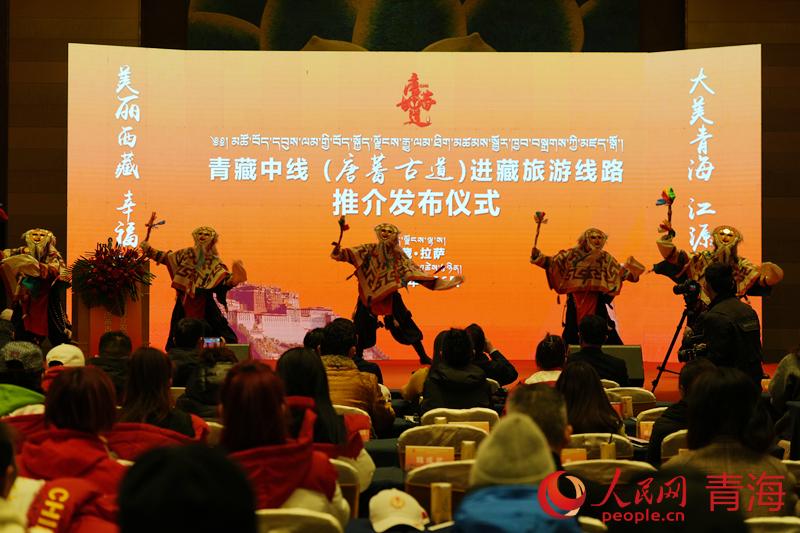
Promotion meeting site. People’s Daily reporter Yang Qihong photo
On January 5th, the Xizang Baqing section of National Highway 317 connected with the Zaduo section of National Highway 345 in Qinghai was officially put into operation, which shortened the journey from Xining to Lhasa by more than 120 kilometers, and the journey from Chengdu to Lhasa by more than 300 kilometers, making it the shortest route from Qinghai and Sichuan to Xizang, with beautiful scenery, rich culture and the best security, and jointly creating an eco-tourism boutique route for Yushu and its neighboring brother areas to jointly promote cultural tourism.

The self-driving motorcade is driving on National Highway 345. People’s Daily reporter Yang Qihong photo
Zhan Dui, member of the Standing Committee of Lhasa Municipal Committee and executive deputy mayor, said that the Yushu Prefecture People’s Government’s promotion of the self-driving tour route of the Qinghai-Tibet Central Line (Tangzhu Ancient Road) into Tibet is of great significance to the research, development and protection of cultural tourism resources along the ancient road and the socio-economic development of the areas along the ancient road, and laid the foundation for the future cooperation between Yushu and Lhasa.
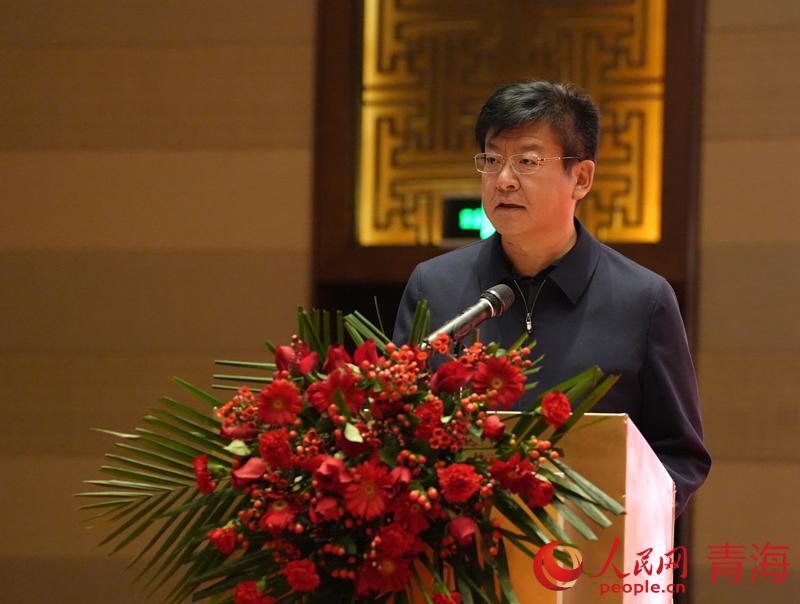
Zhan Dui, member of the Standing Committee of Lhasa Municipal Committee and executive deputy mayor, delivered a speech. People’s Daily reporter Yang Qihong photo
"This time, the Qinghai-Tibet Central Line (Tangfan Ancient Road) is officially introduced as a self-driving tourist route to Tibet, hoping to use this as a link to promote the activation and utilization of Tangfan Ancient Road and give it the significance of the times. Relying on the brand effect of" Snow Pearl Happy Lhasa ",the tourist attractions of beautiful qinghai Jiangyuan Yushu will be connected in series to create a unique cultural tourism corridor and empower the high-quality economic and social development along the route." Cai Danzhou, deputy secretary of Yushu State Committee, said.
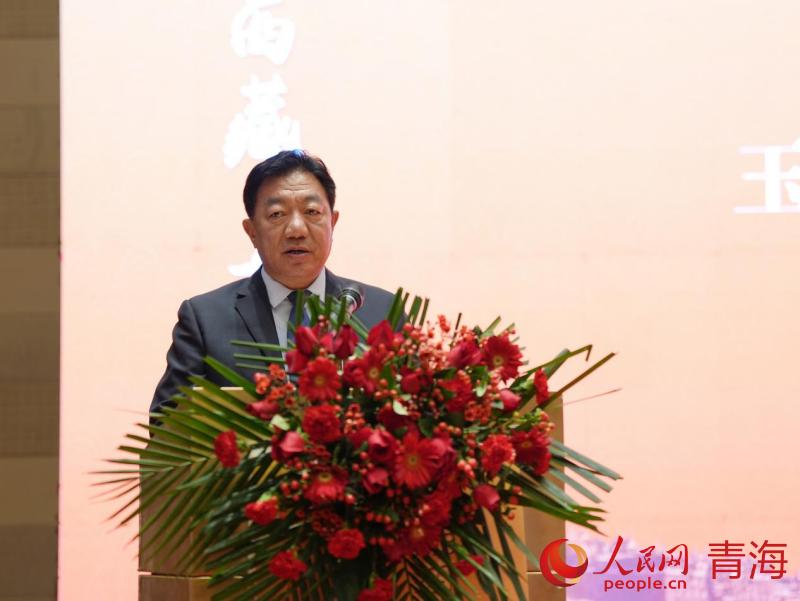
Cai Danzhou, Deputy Secretary of Yushu State Committee, delivered a speech. People’s Daily reporter Yang Qihong photo
Yushu Prefecture is located at the source of the Yangtze River, the Yellow River and the Lancang River. It is known as the "Sect of Famous Mountains, the Source of Rivers, the Water Tower of China, the Land of Singing and Dancing, and the Land of Yaks". The tourism resources here are very rich and its ecological status is extremely important. In recent years, Yushu Prefecture, based on its unique ecological and cultural tourism resources, has put forward the goal of building an "international eco-tourism destination preferred area", which has been continuously explored and practiced from the aspects of top-level design and landing implementation.
At the press conference, Yushu Prefecture Bureau of Culture, Sports, Tourism, Radio and Television signed strategic cooperation agreements with tourism enterprises and travel agencies such as Xizang Hongji Group, Xizang White Whale Wenlv Group and Xizang Tourism Investment Company. Go on road trip fans and self-media bloggers were awarded letters of appointment as "promotion officers" for the self-driving tourist routes of the Central Line of Qinghai-Tibet (Tangfan Ancient Road).
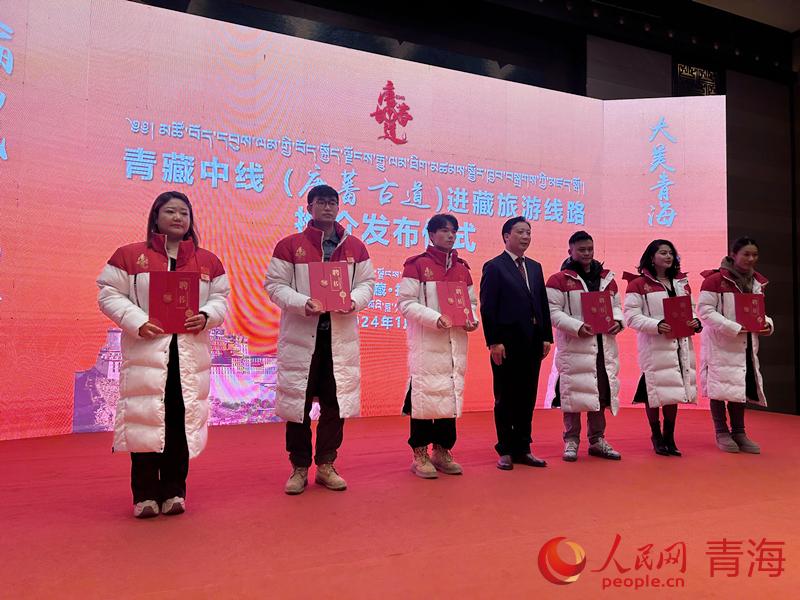
Issue a letter of appointment for the "recommendation officer". People’s Daily Online Photo by Chen Mingju
In addition, Jiang Zhuojun, the initiator of the self-driving activity of the "Mulan Driving" Qinghai-Tibet Middle Line (Tangfan Ancient Road) into Tibet, officially launched recruitment to the whole country on the spot, expecting 108 "Mulan" women to revisit the Tangfan Ancient Road and relive the princess’s memory.
Make up a series of talents, benevolence and eternal storage
Examine and verify, be more relaxed and Raj.
Record of loyalty of the supervisor
Laiyuansa People’s Network-Qinghai Channel
Original title: "Promotion Meeting of Self-driving Tourist Routes into Tibet on the Qinghai-Tibet Central Line (Tangfan Ancient Road) Held in Lhasa, Xizang"
Read the original text









